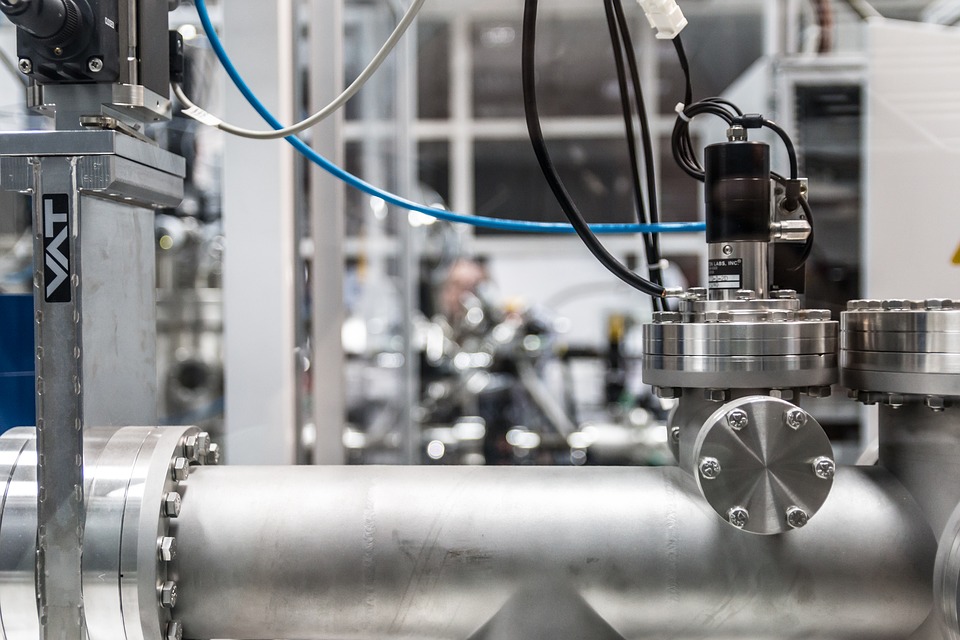O-rings are a circular seal that is seated within a groove and compressed between two or more parts during assembly to form a seal at the interface. While they may look simple, their importance cannot be overstated–especially when it comes to o-rings for semiconductor manufacturing applications.
Semiconductor Operating Environments
In the semiconductor manufacturing industry, it can be difficult to find an o-ring solution that can handle the harsh operating conditions that can involve factors such as aggressive media, extreme temperatures, and vacuum pressures. Chemicals such as bases, acids, solvents, amine-based strippers, and chlorinated gases may be involved depending on the application. Extended exposure to oxygen and fluorine plasmas are common
The performance requirements of o-rings for semiconductor manufacturing are challenging to meet as well, often requiring thermal, dimensional, and chemical stability at high temperatures as well as low outgassing and high purity. Requirements may also include extremely low levels of anionic and cationic impurities, low levels of TOC (Total Organic Carbon), reduced IR (Infrared Absorption), and low permeation rates.
What to Look for in an O-Ring for Semiconductor Applications
The key properties of an o-ring material for the semiconductor industry vary with the type of application involved. For example, track and lithography equipment and processes often require an o-ring that is very resistant to solvents, while CVD (Chemical Vapor Deposition) needs thermal stability and excellent performance in the presence of vacuum pressures.
Other applications, such as CMP (Chemical Mechanical Polishing), must have o-rings made from a material that is both abrasion resistant and resistant to high pH chemical exposure. Wet etch demands an o-ring made from a high purity material that will cause no elemental contamination (i.e., low particle generation) and dry etch requires that the material be resistant to plasma. Resist stripping not only requires general chemical resistance but outstanding performance in the presence of ozone.
O-ring materials may have to meet other requirements as well, such as resistance to poisonous doping agents and reactive fluids, low outgassing, and low trace metal content. Almost all semiconductor o-rings involve a low compression set, excellent dimensional stability, and a wide range of operating temperatures.
Is there a material that can handle the operating environments just described? Yes, there is: FFKM, which provides the resiliency and sealing force of an elastomer with the thermal stability and chemical compatibility of PTFE (trade name Teflon).
Read more


